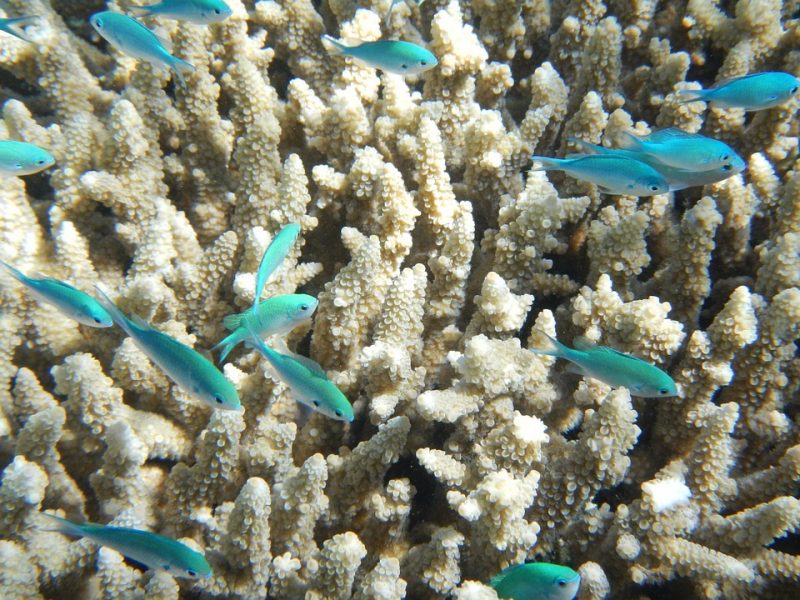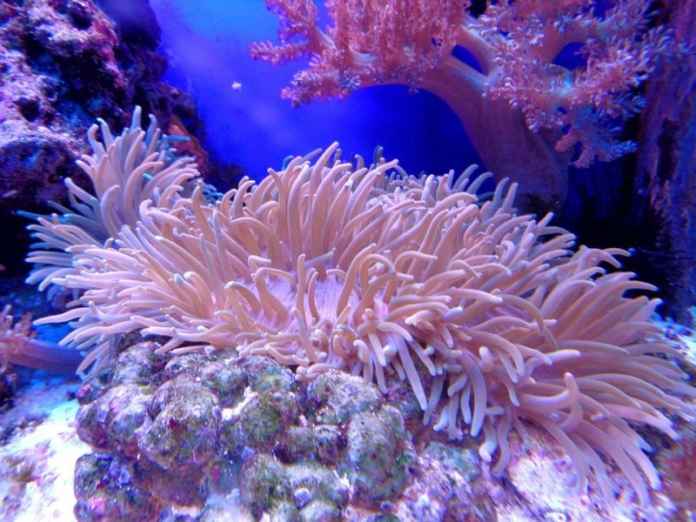Long time ago there were coral reefs along the west coast of India. These vanished after the sea level started to rise with the glacial ice melt. But sometime later it was found that some reefs started growing near the Indian coast but with change in climate it was destroyed too. These coral reefs are now again said to have developed and are found at different parts in India.

- Fringing reefs : Gulf of Mannar, Gulf of Kutch, Andaman and Nicobar Islands
- Oceanic atolls: Lakshadweep group of islands
- Platform reefs: Gulf of Kutch
- Barrier Reefs : Andaman & Nicobar islands
Currently the biggest corals reef is found in Goa at Grande Island. Even a study has documented its growth at a depth of 4-8 metres. Its species known as Porites mannarensis is unique to India and overall there are 24 varieties of corals in total.
It was also found in an expedition by NIO that 300 species of coral wealth and associate biota were present in the submerged plateau of Angria bank in the Konkan region. The place is 120 nautical miles away from northwest Goa. Not even this they are also found on Netrani Island and in the Malvan marine sanctuary off the coast of Maharashtra.
What exactly coral reefs are:

They are the greatest biodiversity of all marine ecosystems. A reef has corals, snails, anemones, crabs, worms, starfish, shrimps, lobsters, sea lilies, fishes, turtles, green algae, brown algae, red algae, sea grasses and dozens of other un-known animal and plant groups. They are organisms that make an exoskeleton around their sac-like bodies. These corals are relatives of jellyfish and anemones. They require warm temperature to survive and there are around 800 to 1,000 corals species found in the world.
Would you visit this coral reef?













